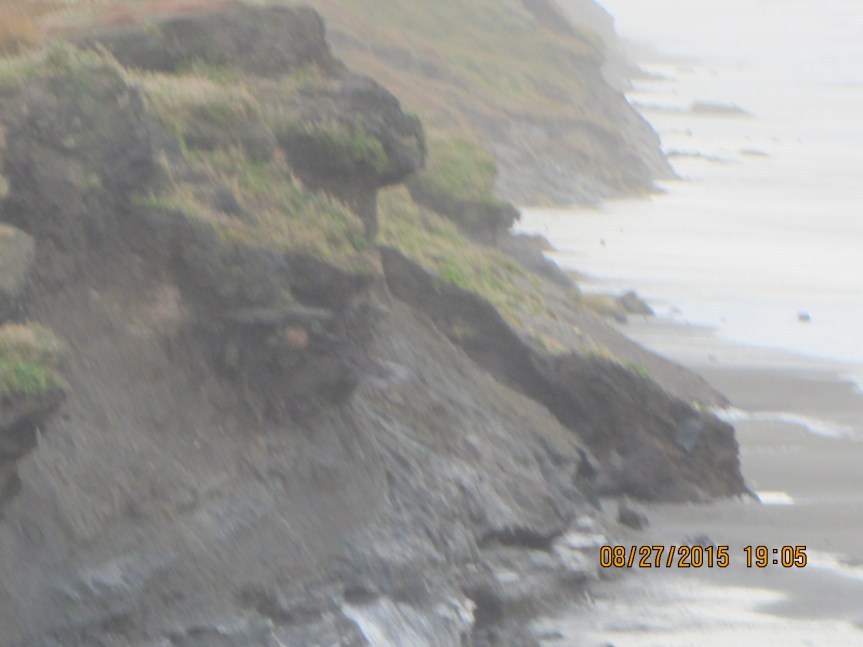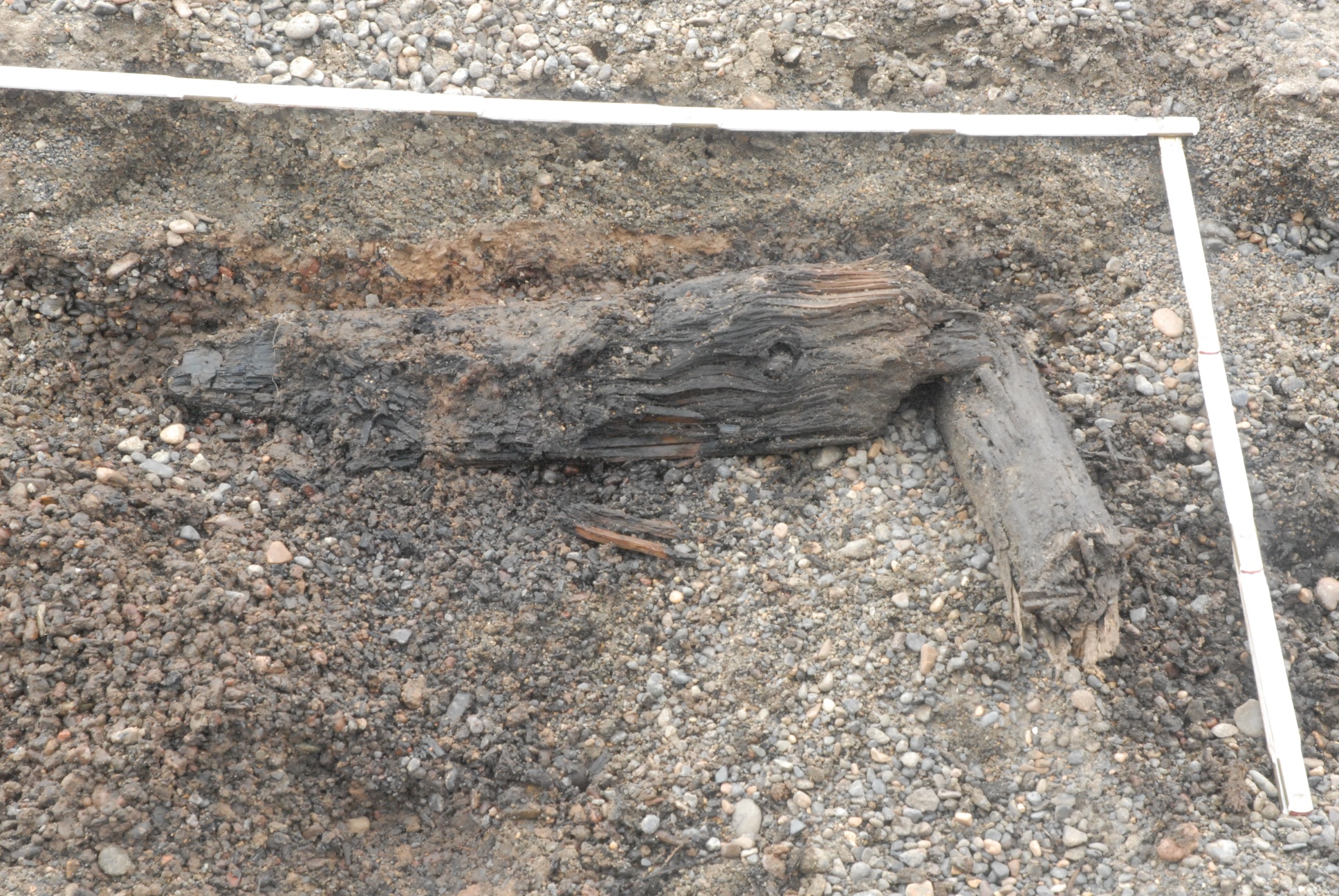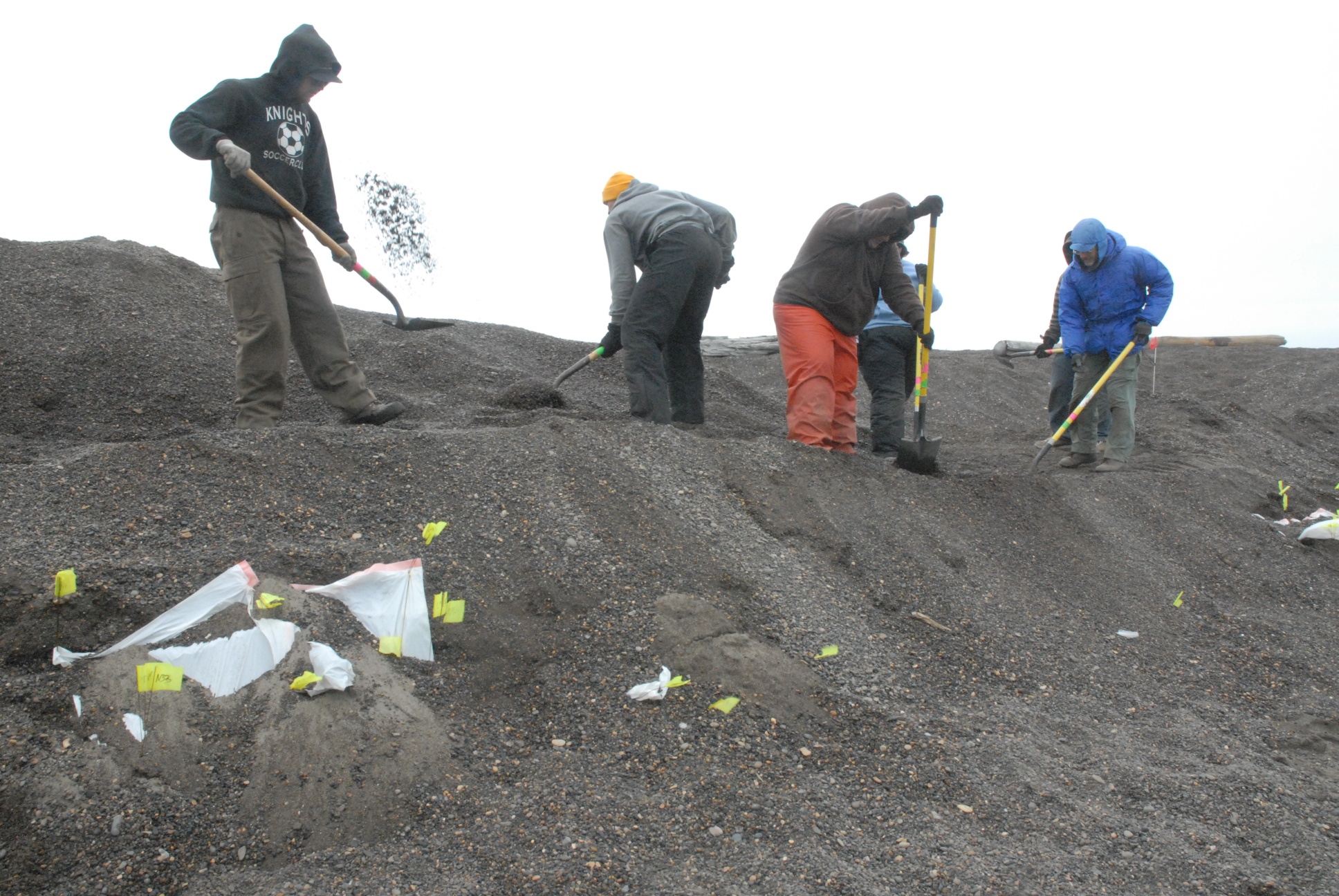This penultimate chapter is a bit belated, to say the least, due to holidays, much travel and associated presentations, and proposal preparation. However, there were some very interesting papers on the final day as well, and I decided I needed to get this written before yet another conference happened. And I needed a break from final tweaking of the PowerPoint for said conference.
The first paper was by Molly Odell, on economic change at Mitksqaaq Angayuk between 3400-100BP. The site, on Kodiak, seems to have had discontinuous occupations from Early Katchemak to the Russian occupation. Molly focused on the fauna from a midden associated with an Alutiiq house. The house seemed to have been occupied primarily by men, based on the artifacts. The midden showed a change from a pre-contact mixed fishery (primarily cod but with significant amounts of salmon and small amounts of other locally available fish) to a fishery focused almost entirely on cod in the historic period. Molly interprets this as a shift from a winter settlement to a cod-fishing camp, presumably staffed by men.
Jennifer Raff gave a paper on mitochondrial aDNA (ancient DNA) from the Lower Alaska Peninsula & Eastern Aleutians. This is interesting, as there are disagreements about how/when various cultures in that area appeared, and whether or not they represent in situ (in place) developments or population replacements. This work may help settle some of those questions. Not to spoil any surprises, as this paper is being published, but both haplotypes A & D are well represented, and there is B from one site!
Rick Knecht, a fellow Bryn Mawr College PhD, gave a “just out of the field” talk about excavations at Nunalleq, a Yup’ik site in the Yukon-Kuskokwim delta. The Yup’ik culture is quite well-known ethnographically, but almost no archaeology has been done in the area. Nunalleq, for which there is a date of 1300BP (not sure if that’s calibrated or what it’s on or associated with) has extraordinary organic preservation at the moment, but is suffering erosion, which is accelerating due to permafrost melting and sea level rise. The local community actually contacted the archaeologists in concern. The 2010 season excavated a house, with lots of organic artifacts (rye grass matting, for example) present on the floor. They think it might have been a men’s house, which are known for the Yup’ik from the ethnographic record, based on the low numbers of women’s artifacts recovered. There was a burnt side room, with a large number of arrowheads present, which is possibly a result of conflict. More work is planned.
Chistyann Darwent followed with a report on the 2010 work at Cape Espenberg, a beach ridge complex which is located near Kotzebue in the Bering Land Bridge National Preserve. This project has been doing survey there for a couple of years and has surveyed and mapped extensively, especially the more recent periods. They have actually been able to excavate several houses (one on each of the 3 Thule-age ridges) to a considerable extent. One thing they discovered was that the surface mapping did not necessarily give a good picture of what was under the ground in terms of houses, side rooms and so forth. One of the houses seems to have burned, although why is not yet clear. They excavated an outdoor ceramic manufacturing area (inadvertently–it looked like part of the house from the surface). The houses on the oldest and middle Thule ridges had Thule 2 harpoon heads associated with them, suggesting that they were fairly early. The also found a copper eyed needle, slat armor. The tunnel floor was lined with baleen. The youngest house was of a type that was familiar to the project’s elder consultant, who had been in the US Army during the Korean War, since he’d grown up in a similar house. It had lots of evidence for fishing. The dates were a bit later than prior testing had led them to expect, the oldest around 1260-1400BP, the middle 1450-1650BP.
Justin Tackney gave a paper on mDNA (mitochondrial DNA) from Nuvuk, as well as presenting the new direct dates that Joan Coltrane has for the human remains. The results show a number of haplogroups hypothesized to be founders to modern Inuit populations all in one area, which is new. In general, this supports a Thule expansion from North Alaska.
I got the slot before lunch, and gave a paper looking at the material culture of modern Iñupiat whaling. I am using this as a way to approach what sort of evidence might be expected in archaeological sites of whalers, and where that evidence might be found. Essentially, the modern case has a number of artifacts that are needed for whaling and nothing else, most of which have pre-contact equivalents. The interesting thing is that they are generally not stored in the house, which implies that excavations focused on houses may not be able to address presence/absence whaling too well.




